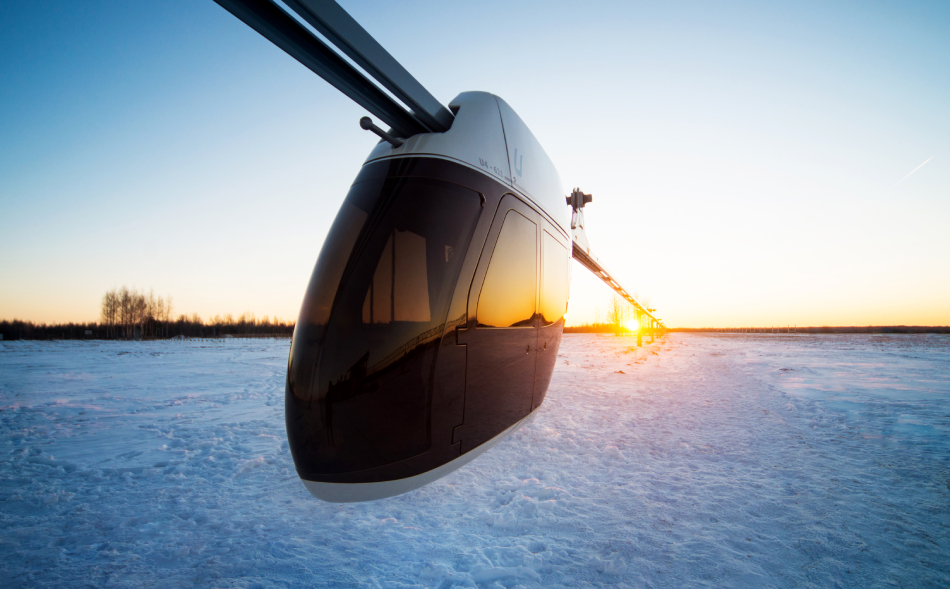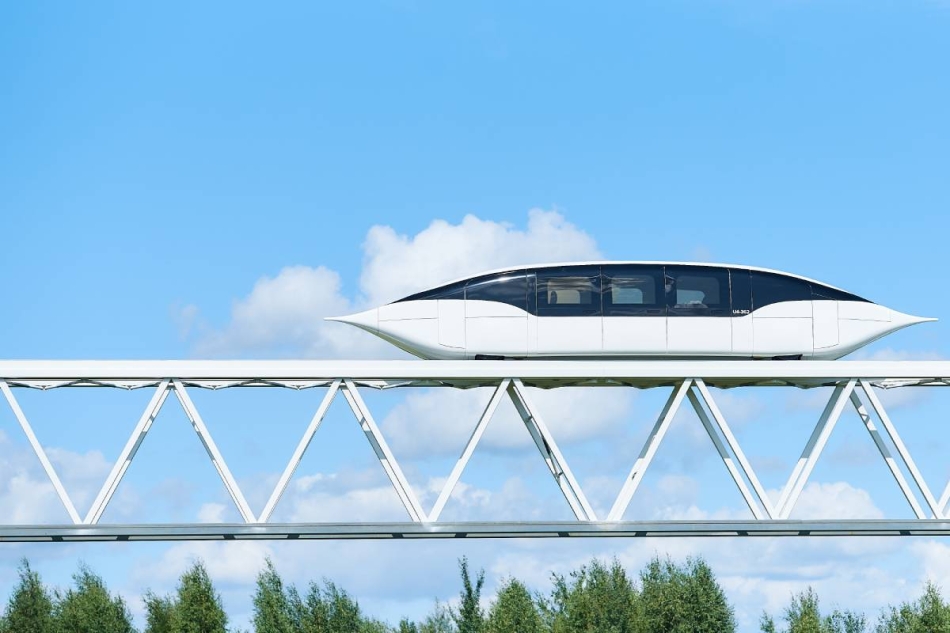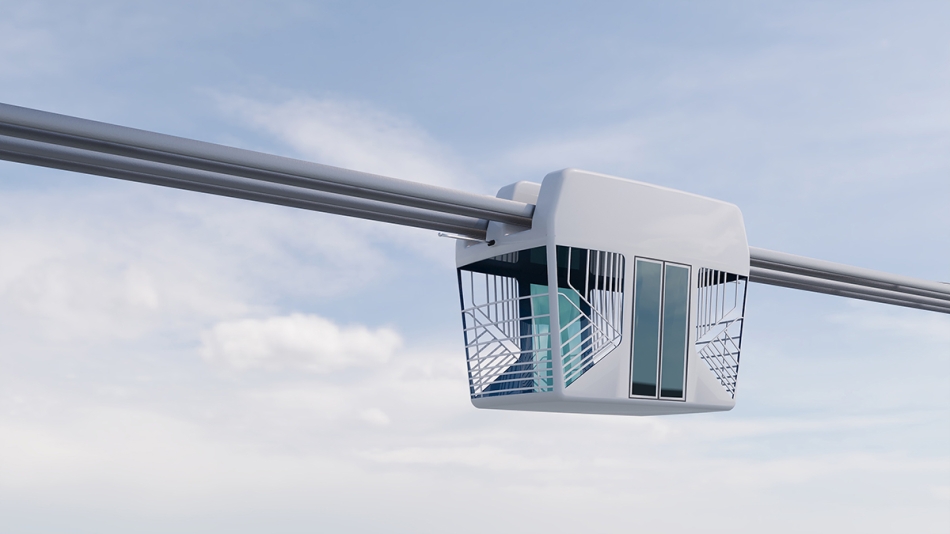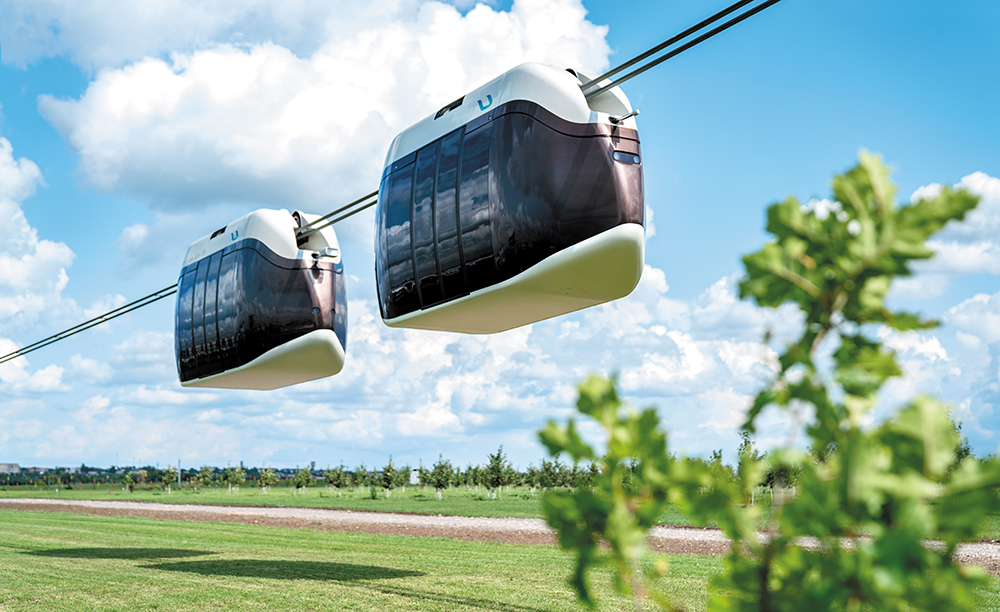uST Solutions – a Universal Approach to the Arrangement of Transport Communication

Representatives of the transport industry are unlikely to agree that nature does not have bad weather. Seasonal changes adversely affect the condition of roads, can disrupt the schedule of passenger and cargo transportation and, in general, force to reconsider approaches to the arrangement of transport networks. The potential of solutions offered by Unitsky String Technologies Inc. is fully revealed in harsh climatic conditions. uST track structures can pass over deserts, steppes and Arctic zones – in places where the construction of railways and motor roads is complicated.
In search of the perfect path
The interest shown by ITS Indonesia in uST technology and the signing of an agreement with this agency are natural. The choice in favor of an alternative mode of transport was determined not only by the population density and traffic flow, but also by the climatic features of the region. Indonesia is located in the so-called ring of fire – a zone of volcanoes and tectonic faults. Regular earthquakes and volcanic eruptions affect transport links between cities and islands.
The problem of creating transport communications remains relevant both for island states and for the hot desert and the Arctic. High and low temperatures, their daily amplitudes, and the change of seasons affect the choice of the mode of transport and the method of laying roads. It is especially difficult to build highways in natural areas where severe weather phenomena are often observed: ice, fog, sandstorm, blizzard, tropical downpour.
But even in our usual temperate continental climate, carriers have to deal with poor-quality roadbed and seasonal down-times. Weather disasters and reagents negatively affect the condition of roads. For example, due to ice, snow cyclones, snow melting and road surface treatment, new damage appears on it. Drivers are forced to limit their speed and contact specialists more often due to vehicle breakdowns. At the same time, both low and high temperatures affect the condition of roads.
- In summer, the costs of road repairs increase: the thermal load on the road surface increases, which reduces its service life.
- There occur failures in the operation of railway transport: in case of abnormal heat, problems with electronics and signaling devices are noted, fires occur on the slopes.
- The water level is falling in ports, and internal navigation is limited at airports. The energy consumption for cargo cooling increases.
Without regard to the weather

Extreme precipitation and stormy winds lead to flooding, destruction of fences, damage to infrastructure; fogs and severe thunderstorms disrupt the operation of air transport. It is possible to solve this problem in various climatic zones with the help of elevated transport and infrastructure complexes developed by Unitsky String Technologies Inc.
Pre-tensioning of rails makes it possible to use the track at abnormally high or low temperatures: it is calculated based on the temperature regime characteristic for the territory of operation.
uST track structures differ from traditional transport solutions by their high resistance to temperature changes – from -60 to +60 °C. The weather does not affect the operability of the complexes and the speed of the uPods: when designing the track structure, such parameters of the rails are used that change at temperature expansion and compression.

- The anti-derailment system is responsible for the stability of electric vehicles on steel wheels: their overturning or falling, derailment are excluded.
- Passengers comfort in any weather is provided by the climate systems in the cabin. For example, the uCar in tropical design is equipped with cooling systems and climate control units that guarantee comfortable conditions for passengers under the conditions of heat and high humidity.
- Even during snowfall and icy conditions, the track does not need to be treated with anti-icing mixtures. At the same time, the uPod develops speeds up to 150 km/h.
Unmanned electric vehicles on steel wheels move on the second level – above ground or water. In case of force majeure (floods, mudslides, etc.), safe transportation of passengers will be ensured. After all, even if one or several intermediate supports are damaged, if individual strings break as a result of a natural disaster (earthquake, tsunami), uST complexes remain operational: there will be no break in the rail or collapse of the track structure.
Find out more about the solutions of Unitsky String Technologies Inc. here.
More news

News
27 February 2025
Development of High-Speed uST Direction Will Reach New Heights
The development of high-speed transport will enter a new phase, bringing its practical realization closer.

News
23 December 2025
uPod: Revolutionizing Urban Transportation in India
UST Inc. is unveiling a new passenger uPod, meticulously tailored for the bustling environment of India’s largest metropolitan areas.

Opinion
21 January 2022
World Construction Today: Unitsky String Technologies Inc. – the Developer of the Most Efficient Transport System?
World Construction Today published an article comparing uST transport to monorail, maglev, tram, and metro. The author concluded that the UST Inc. rail electric vehicles outperform these modes of transport in many ways.

